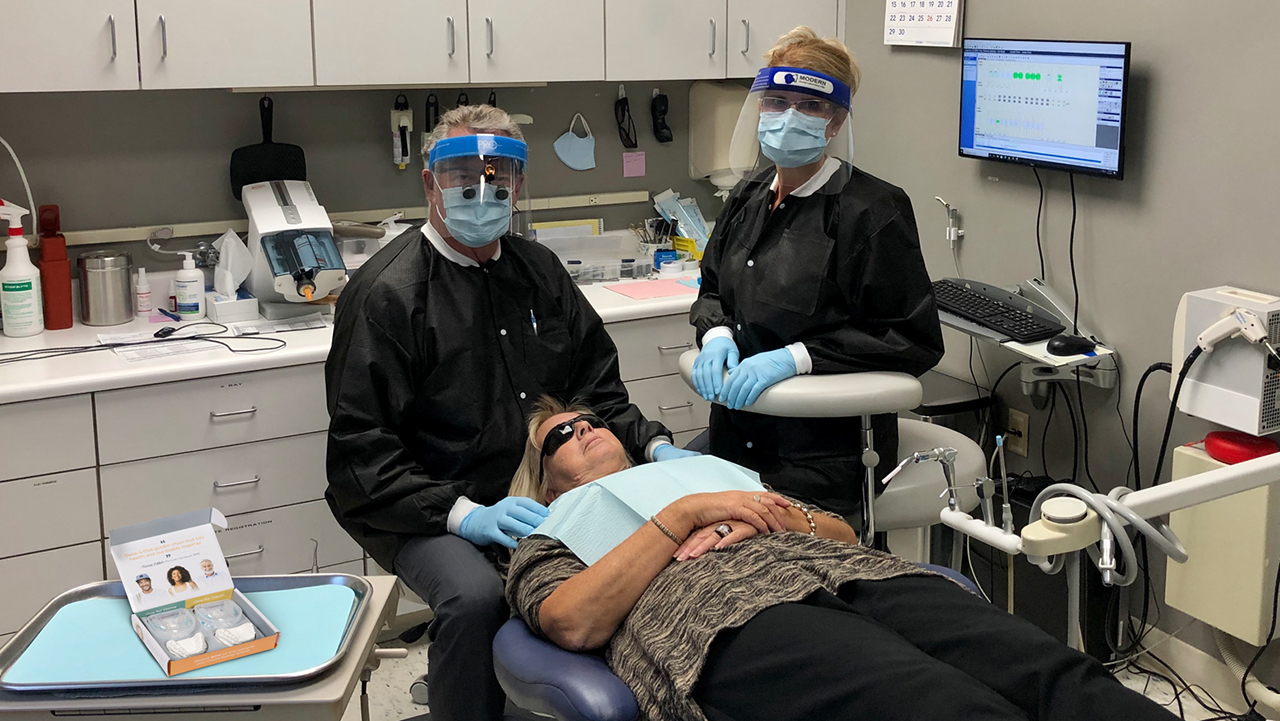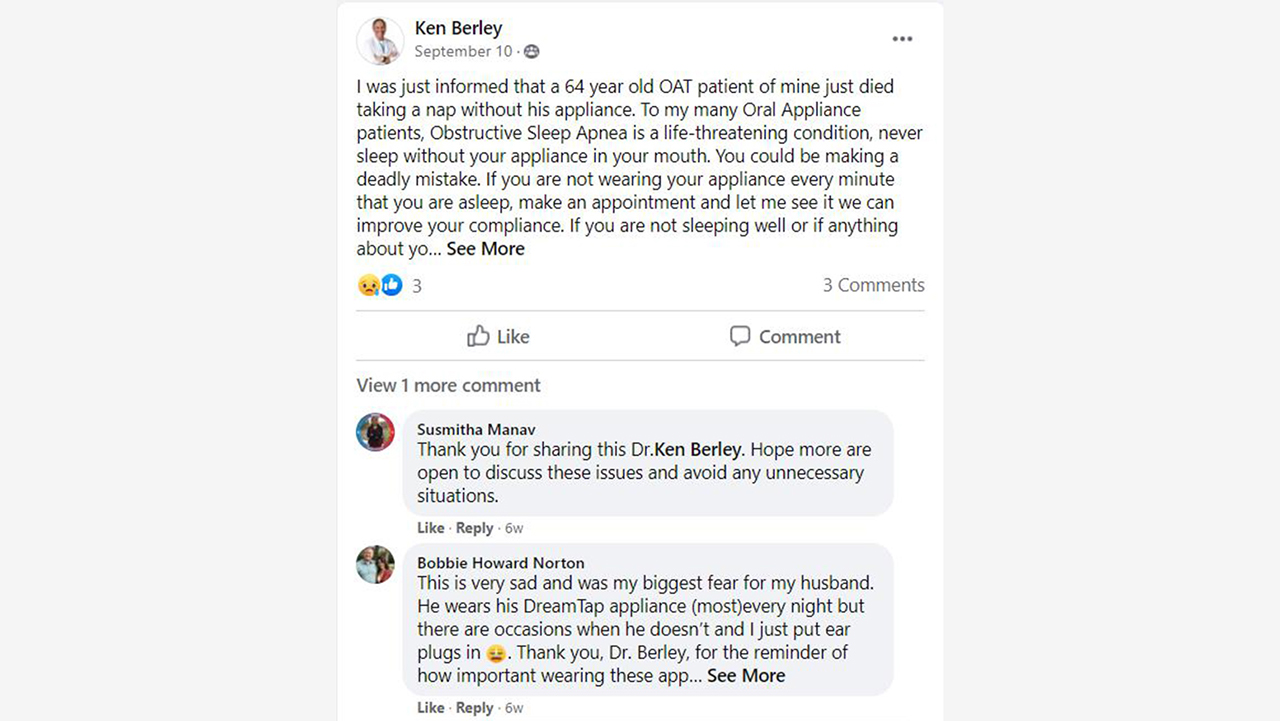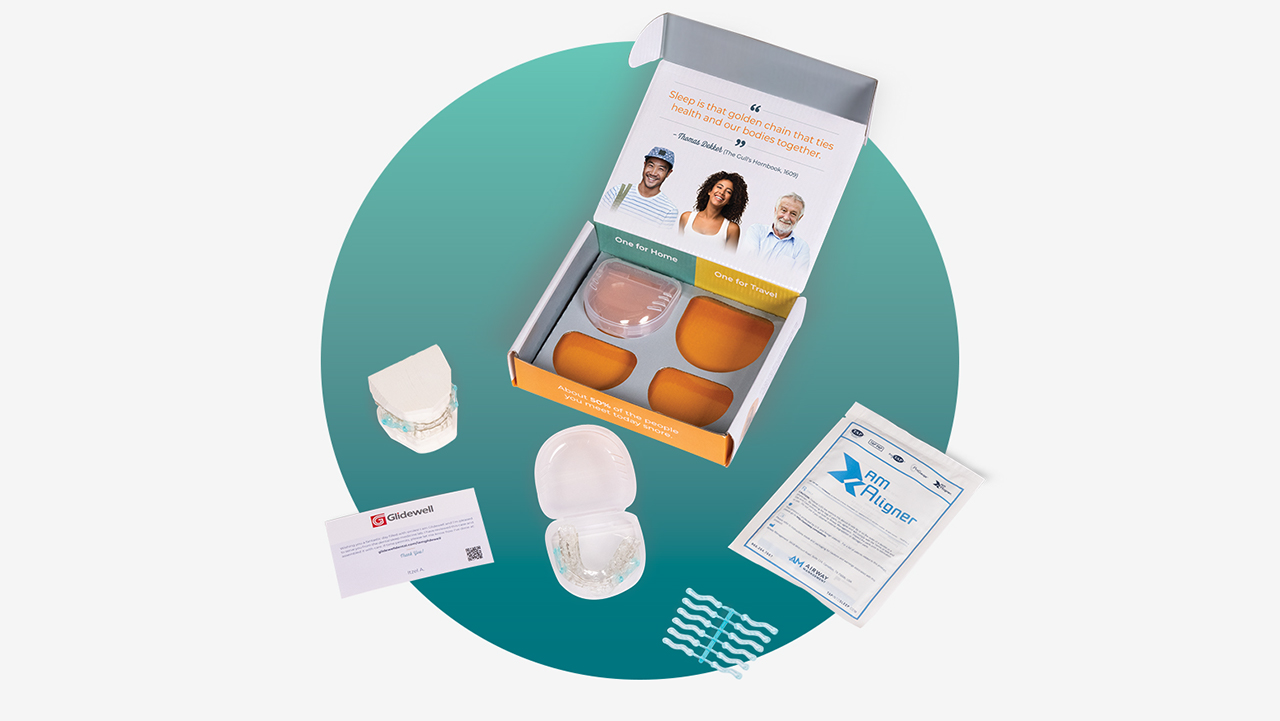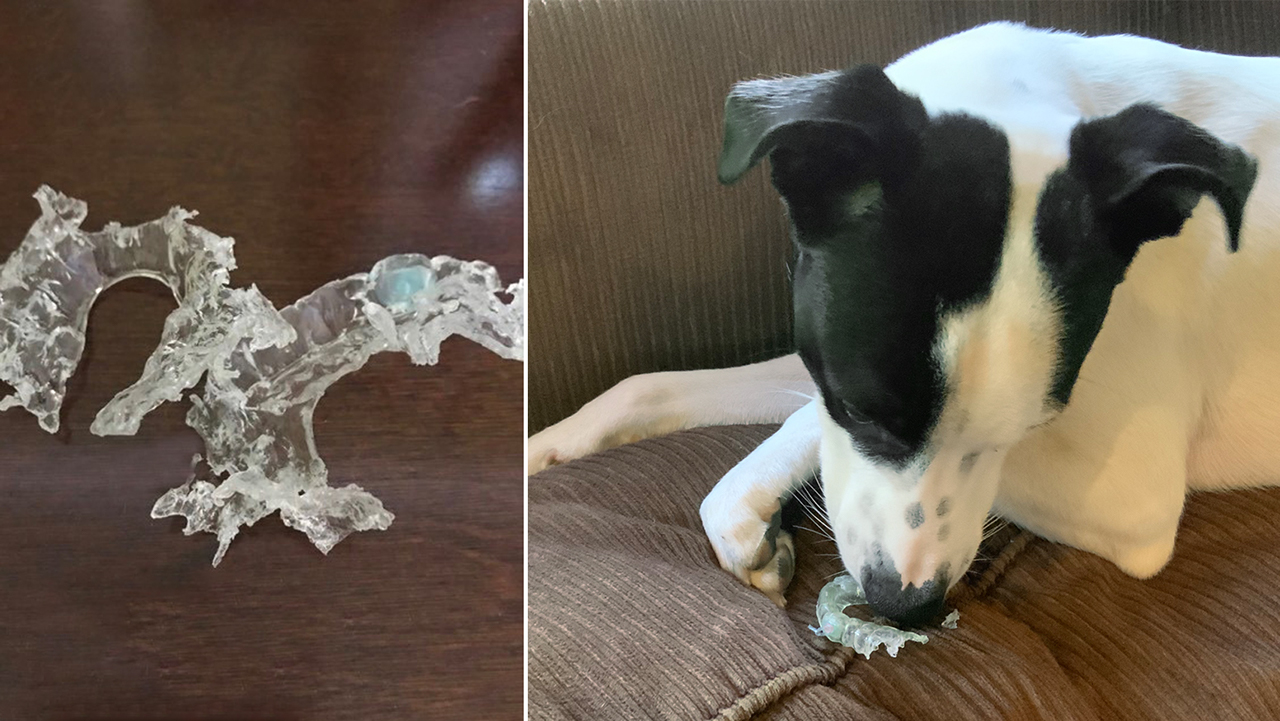2201 Dupont Dr., Irvine, CA 92612
© 2025 Glidewell. All rights reserved.
800-854-7256 USA
The Glidewell Clinical Twinpak™ provides continuous, long-term treatment.


A dentist asked me recently how she should handle interim appliances in cases where the patients damaged or lost their primary dental appliance for snoring and obstructive sleep apnea (OSA). I responded that in the last year, almost 30% of the Silent Nite® Sleep Appliance cases we shipped included a second appliance as a reserve for just such an eventuality. So if you make the patient a spare initially, there is no need for interim appliances.
The response I received made me aware that a second appliance just seemed to be a little over-the-top for this clinician. This led me to think of other therapeutic devices that are in common use for chronic conditions, where a spare might be desired by the patient or required due to the condition. I didn’t need to look very far.
I wear eyeglasses all day, every day, and have for years. I have my daily pair and I have a pair I use for exercise. I am so compliant with my glasses that they are the first thing I reach for in the morning before getting out of bed. If my glasses needed repair or I lost them, I would be in dire straits. It would affect my ability to work, read and watch television.
I always make sure that I have a second pair available in my luggage and in my nightstand. Dental appliances for snoring and OSA are similar to glasses in many respects. The key difference that separates the two devices is that sleep apnea is a chronic condition with significant negative health implications. Patients under care for OSA don’t just snore — they actually stop breathing up to 30 times per hour of sleep, leading to risks of stroke and diabetes, and increasing the risk of dying from heart disease by up to five times.
Patients who wear sleep appliances are typically so compliant that the last thing they reach for before bed every night is their sleep appliance. These patients seek treatment primarily because of bed partner disturbance due to snoring and daytime sleepiness, as OSA creates sleep fragmentation and a constant feeling of fatigue.
It is critical for patients with this condition to use the appliance whenever they sleep. Yes, that means naps (see below) and while traveling by air. I would say even in the movie theater, but that may be pushing things.

It was for this reason that we at Glidewell made the decision to offer a discounted second appliance with every snoring and OSA case. This option, the Glidewell Clinical Twinpak™, gives both the patient and clinician the peace of mind that comes from knowing that a second appliance is readily available should the need arise.

Yes, we know that the dog can’t wait for an opportunity to chew up oral devices like nightguards, retainers, and now snoring and OSA devices. My informal survey indicates that dogs are perhaps the No. 1 cause of oral appliance remakes.

A crisis of care like this can take place at the most inopportune times — such as just before leaving on a vacation or on Christmas Eve. A reserve appliance is a prudent, inexpensive stopgap to defend against the stress and medical risk of what could be several untreated weeks.
To discover the simple, three-step process to screen and treat patients for snoring and sleep apnea, visit glidewelldental.com/pmad.
Send blog-related questions and suggestions to hello@glidewell.com.



